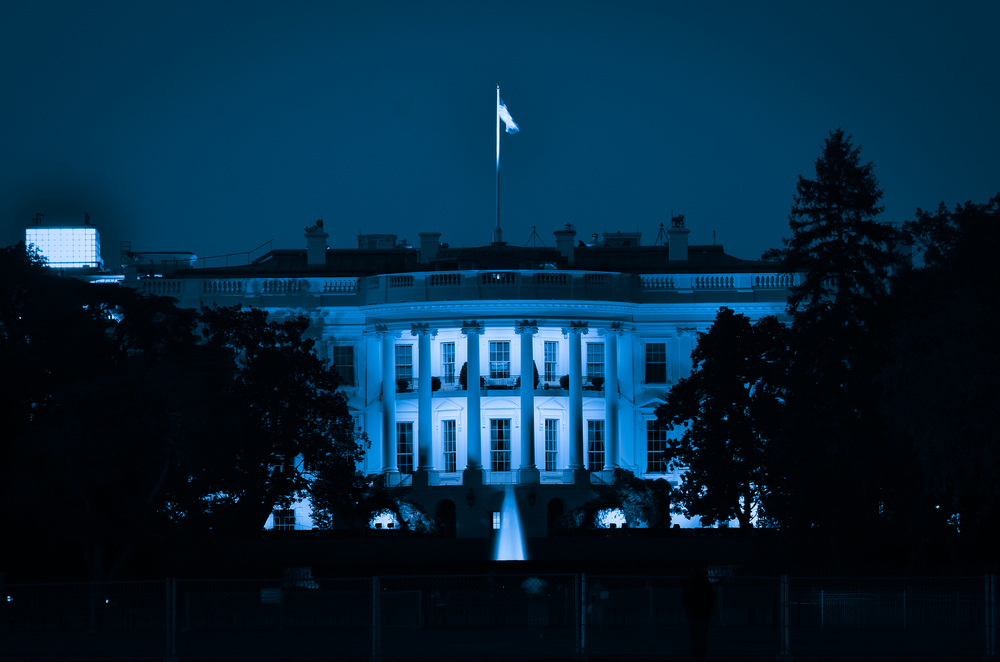Dr Claire E. Hughes, Principal Lecturer and Faculty Director of Special Education Needs and Inclusion, explains why autism should be celebrated and appreciated, not cured.
On Monday 2, April, I will not be Lighting It Up Blue.
April 2 is World Autism Awareness Day that kicks off a month of activities – and while we need autism awareness – we also need autism acceptance, autism abilities, and even, dare I hope, autism appreciation.
The colour blue comes from an outdated concept that autism is a “boy” problem (it isn’t, girls have autism, too) and from Autism Speaks, a US charity who originally had as their mission to find a “cure” (autism doesn’t need a cure).
While the National Autistic Society here in the UK does not advocate for such an approach, and in fact, does not even suggest using the colour blue, landmarks around the world are about to be draped in blue lights on Monday. Their token support will remind people of autism, but in the same way that one wears pink for Breast Cancer Awareness or red for AIDS or heart disease. Almost all of the linkages between colours and a label are in an effort to get rid of, or “cure” the disorder.
Autism does not need a cure because it is not a disease.
Biologists will tell you that variation is key to population health because it allows a group to adapt to new and changing issues. Autism is a neurological variation that is indicative of the many and diverse ways our brains work. There is no “perfect” brain, just as there is no “perfect” hair texture or skin colour. There are only differences that require adaptations to how we educate, engage with, and work with people who have different ways of interacting. Advocates use the term “neurodiversity” to emphasize this concept that autism is a different way of being human.
Autism was “invented” in 1943 by Leo Kanner to describe children who were intelligent, but had social and language difficulties as well as “an obsessive insistence on persistent sameness”.
The label gained in popularity throughout the ensuing decades, particularly during the 1990s, and has plateaued in the last 10 years. In the US, one in 68 children are identified with autism, while in the UK it is one in 100 children. As awareness grew and the definition continued to expand, the number of people identified with autism increased as well. What might have been considered “weird” a few decades ago is now considered a diagnosable condition. There is no “epidemic”. What is growing, however, is a better understanding of the need to make changes in the laws, educational systems, and societal expectations that respect, support and develop all people, including people with differences.
One of the biggest myths about autism is that it is caused by vaccinations. The “study” that found a link was conducted by a doctor here in the UK in the late 1990s who was examining the connection between autism and the measles, mumps and rubella jab. He threw out the data that didn’t fit his theory and lost his medical licence when his unethical practices were discovered. However, his results scared a lot of people, which then started a wave of hysteria that resulted in a large number of children not getting immunised. While the issues of immunisation complications are complex, there has never been a scientific study that has found a causal link between immunisations and autism. Different studies have found a large number of genetic differences, but there is no one single explanation nor genetic marker to indicate autism.
Autism is not a disease, nor a genetic flaw, nor is it caused by a malevolent governmental conspiracy. It is diversity.
It is diversity in thinking, diversity of communication, diversity in social interactions and diversity in sensory perceptions. It is diversity in how we as human being are neurologically wired. So when you see the Empire State Building lit up Blue, please strive to raise awareness of the wonderful and myriad ways humans exist in the world. And wear whatever colour you want.
Dr Claire E. Hughes, Principal Lecturer and Faculty Director in the School of Childhood and Education Sciences.
 Expert comment
Expert comment Emma Grafton-Williams
Emma Grafton-Williams 3709
3709


